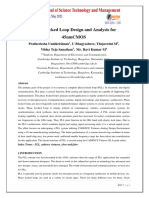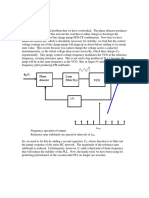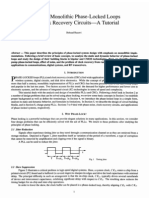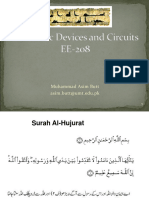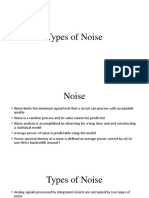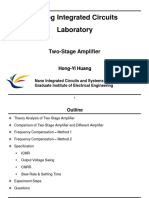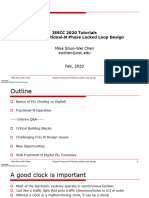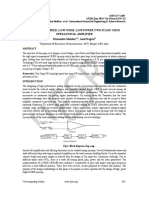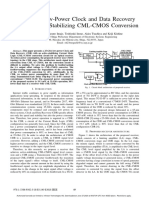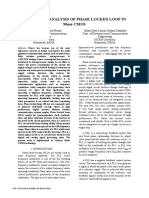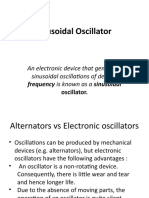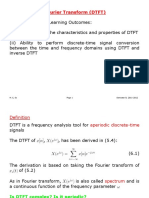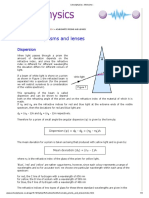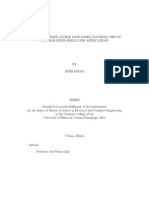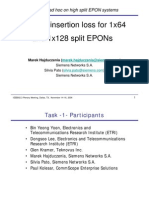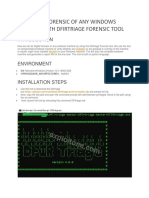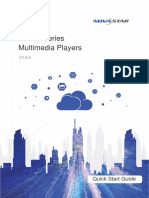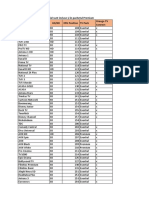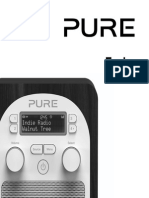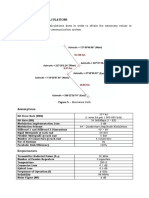0% found this document useful (0 votes)
235 views30 pagesPLL Design for Engineers
This document provides an introduction and overview of phase-locked loops (PLLs). It discusses the need for frequency synthesis, describes the basic components of PLLs including the phase detector and voltage-controlled oscillator (VCO). It covers the mathematical modeling of PLLs, different types of PLLs, nonidealities in the phase frequency detector and charge pump, and the basic design procedure for PLLs. The document aims to explain the fundamentals and design considerations for PLL frequency synthesizers.
Uploaded by
ModyKing99Copyright
© © All Rights Reserved
We take content rights seriously. If you suspect this is your content, claim it here.
Available Formats
Download as PDF, TXT or read online on Scribd
0% found this document useful (0 votes)
235 views30 pagesPLL Design for Engineers
This document provides an introduction and overview of phase-locked loops (PLLs). It discusses the need for frequency synthesis, describes the basic components of PLLs including the phase detector and voltage-controlled oscillator (VCO). It covers the mathematical modeling of PLLs, different types of PLLs, nonidealities in the phase frequency detector and charge pump, and the basic design procedure for PLLs. The document aims to explain the fundamentals and design considerations for PLL frequency synthesizers.
Uploaded by
ModyKing99Copyright
© © All Rights Reserved
We take content rights seriously. If you suspect this is your content, claim it here.
Available Formats
Download as PDF, TXT or read online on Scribd
/ 30
